When it comes to the animal kingdom’s most impressive feats, a snake swallowing prey larger than its own head ranks among the most fascinating. This remarkable ability has captivated scientists and nature enthusiasts for centuries. Unlike humans and most other animals that must tear food into manageable pieces before consumption, snakes have evolved extraordinary anatomical and physiological adaptations that enable them to consume prey whole—sometimes animals that significantly exceed their head diameter. This extraordinary digestive process represents one of nature’s most elegant solutions to the challenge of predation and survival. From the specialized jaw structure to the remarkable digestive enzymes, the snake’s feeding mechanism offers a window into the incredible adaptability of life on Earth.
The Remarkable Jaw Transformation
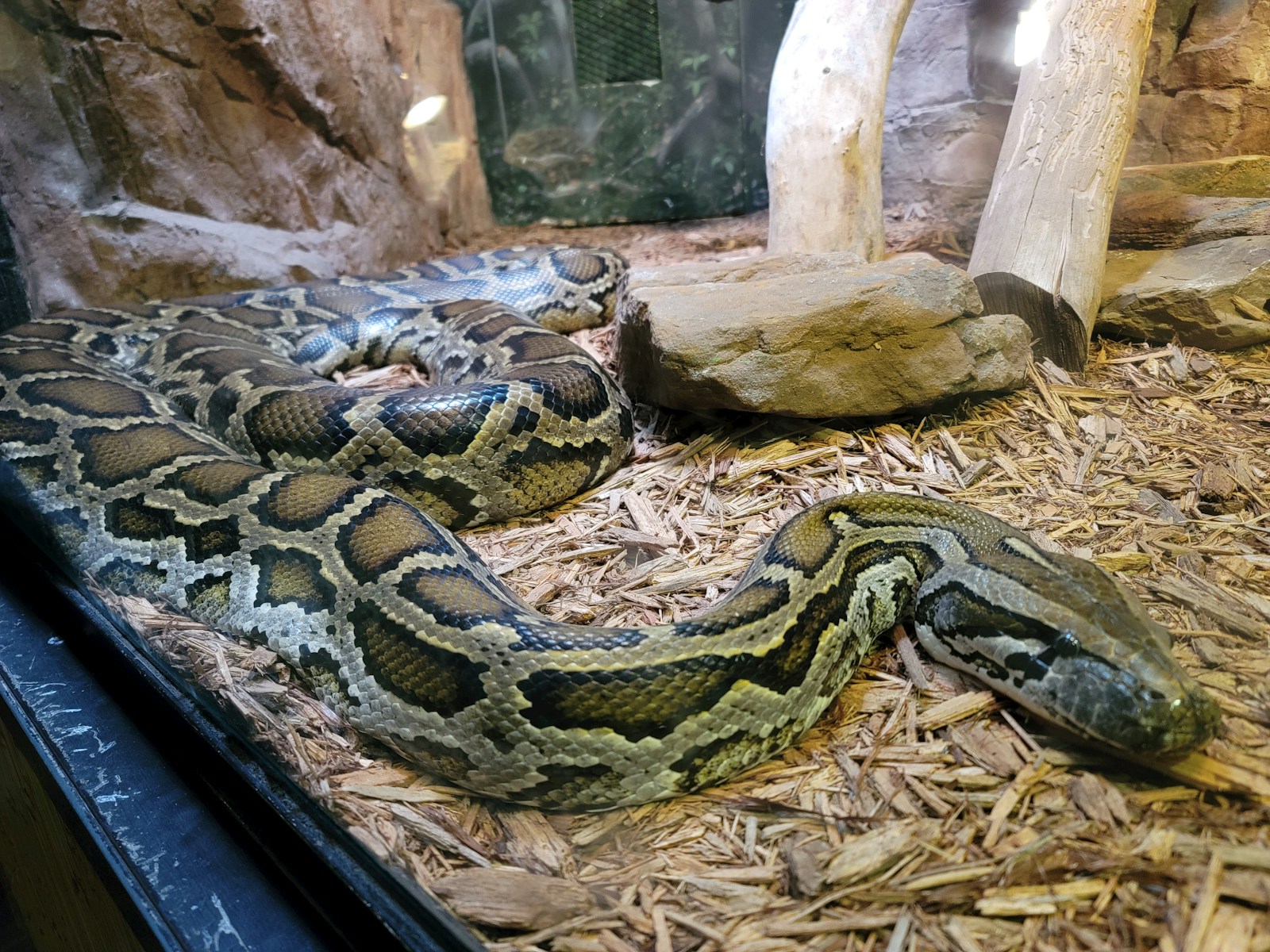
Unlike the rigid jaw structure of mammals, snakes possess highly modified skull bones that allow for extraordinary flexibility. The key to this flexibility lies in the snake’s jaw design, which includes multiple joints and elastic ligaments rather than a single fixed joint. Most notably, the mandibles (lower jawbones) are not fused at the front like in humans, but instead connected by stretchy ligaments that allow them to spread apart dramatically. Additionally, snakes have an extra bone called the quadrate that creates a movable joint between the upper and lower jaws, essentially allowing the mouth to open wide in multiple dimensions. This remarkable adaptation means a snake can expand its mouth opening to several times its normal size, creating sufficient space for prey that would otherwise seem impossibly large to consume.
Skull Mobility: Beyond the Jaw

The snake’s feeding adaptations extend beyond just the jaw to include the entire skull structure. Unlike our rigid cranium, a snake’s skull contains numerous movable joints that work in concert during feeding. Most significantly, snakes have evolved kinetic skulls, meaning the bones can move independently of one another rather than functioning as a single unit. This adaptation allows bones to shift position during swallowing, essentially permitting the skull to disarticulate partially and then reassemble once feeding is complete. The pterygoid, palatine, and maxillary bones can all move independently, creating a sort of conveyor belt effect that helps work prey into the digestive tract. Without this remarkable skull mobility, even the most flexible jaw would be insufficient for handling large prey items.
Specialized Teeth for Securing Prey
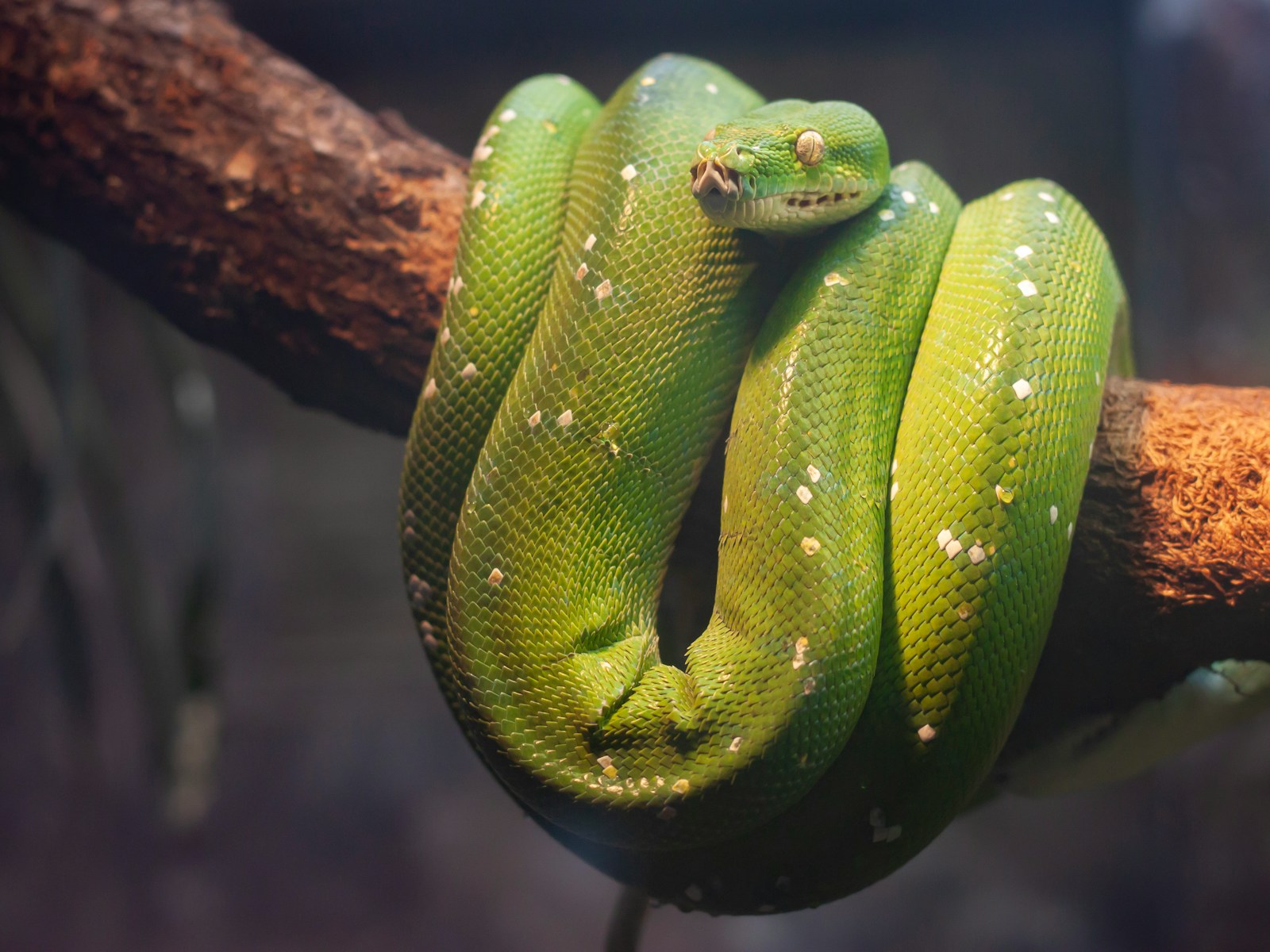
Snake teeth play a crucial role in the process of swallowing oversized meals, though they serve a different function than our grinding molars. Snake teeth are curved backward, functioning like hooks that prevent prey from escaping once caught. These recurved teeth come in various forms depending on the species—from the hollow fangs of venomous snakes to the numerous small teeth of constrictors—but all share the common feature of pointing toward the throat. This adaptation ensures that prey can only move in one direction: further into the snake’s digestive system. As the snake alternately moves its jaws forward over the prey item, these teeth grip and hold fast, preventing any backward slippage that might occur due to the prey’s size or shape. Some species can even fold their teeth inward temporarily to allow larger prey to pass, only to have them spring back to prevent regurgitation.
The “Walk” of the Jaw Bones
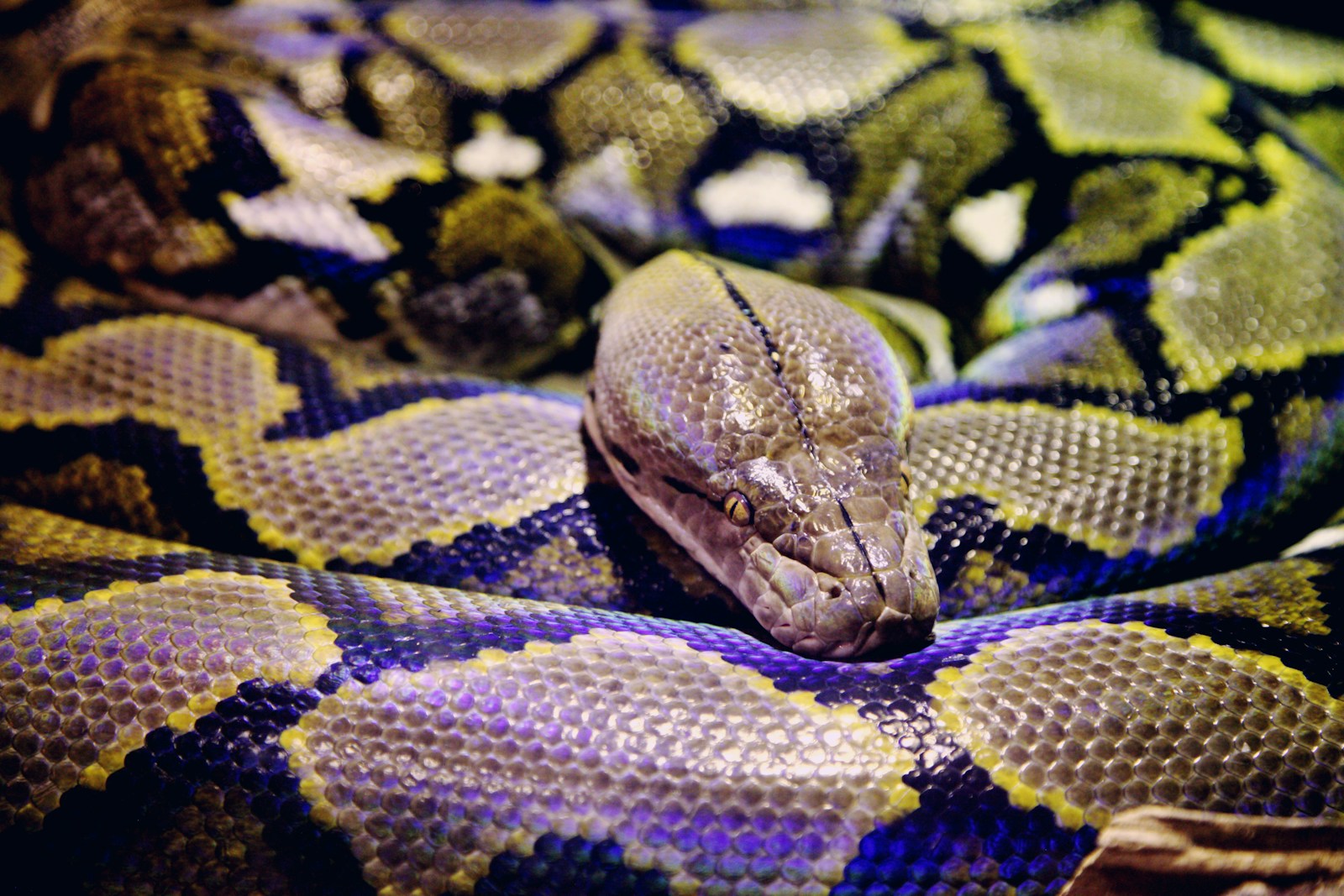
Perhaps one of the most fascinating aspects of snake feeding is the unique “walking” motion of their jaw bones. When consuming large prey, snakes don’t simply stretch their jaws and pull the prey in all at once—instead, they employ a methodical, alternating movement of the jaw bones on each side. Snakes first grab prey with their teeth, then begin a process of advancing one side of the jaw forward while the other holds steady, then repeating with the opposite side. This creates a ratcheting effect, with each side of the jaw essentially taking steps forward over the prey item. This coordinated movement, combined with muscular contractions, gradually works even extremely large prey into the esophagus. The process can take anywhere from a few minutes to several hours, depending on the size disparity between predator and prey.
Skin Elasticity: The Overlooked Adaptation
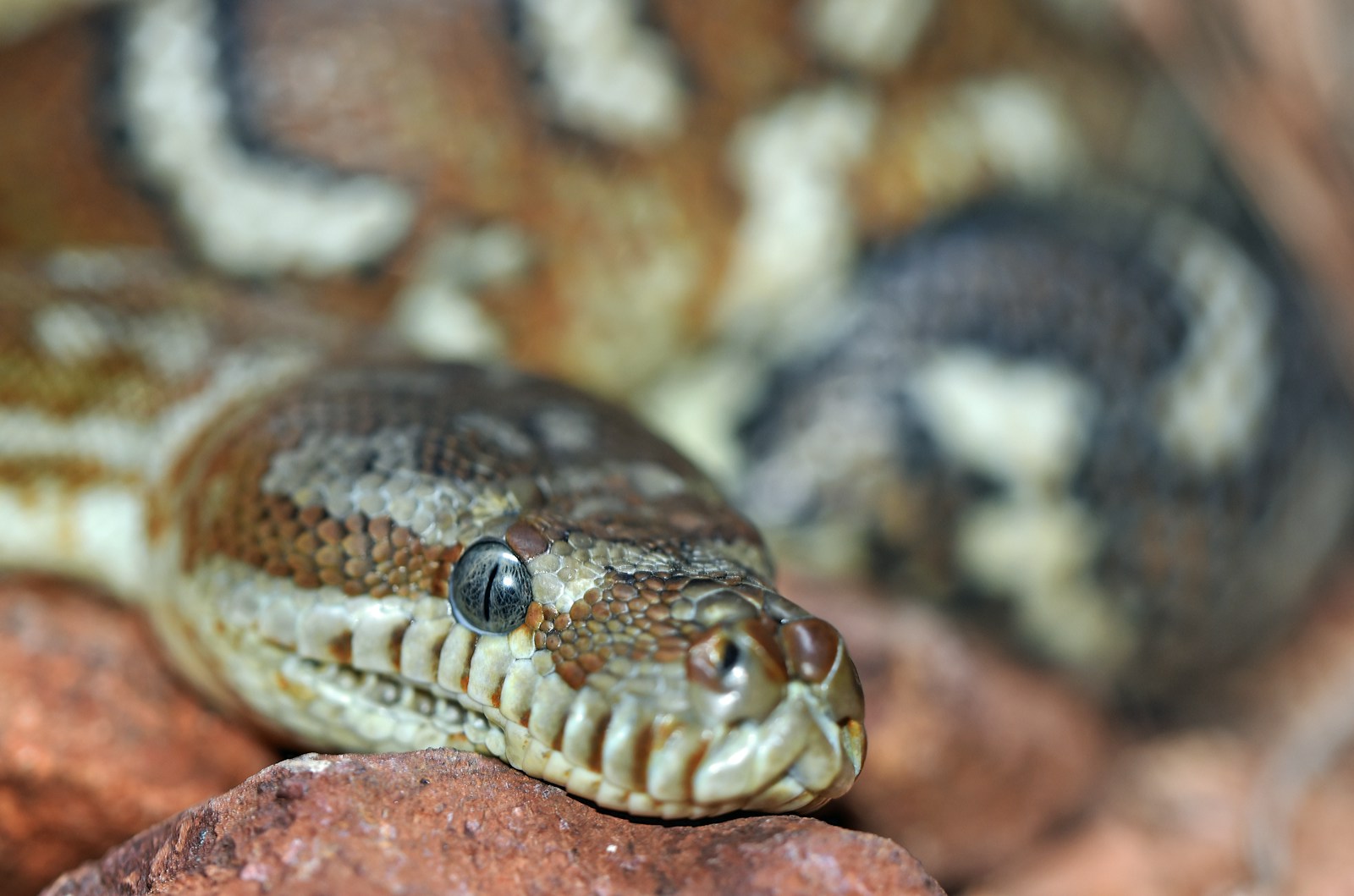
While the jaw mechanism gets most of the attention, a snake’s remarkably elastic skin is equally crucial for accommodating oversized meals. Snake skin contains folded regions between scales that can unfold dramatically during feeding, allowing for significant expansion of the body cavity. This elasticity is particularly evident in the throat and mid-body regions, where the skin might stretch to several times its resting size. The scales themselves are also arranged in a pattern that permits extreme expansion without tearing. Some species, like pythons and boas, show dramatic distention after consuming large prey, with their skin stretched taut around the outline of the swallowed animal. This remarkable elasticity returns to normal over days or weeks as digestion proceeds, with the scales gradually resuming their overlapping arrangement as the meal is processed.
Organ Rearrangement During Digestion

Consuming prey that may be equal to or greater than the snake’s own body weight requires remarkable physiological adaptations beyond just swallowing mechanics. Once a large meal enters the digestive tract, snakes undergo dramatic organ rearrangements to accommodate the bulging food mass. The trachea, equipped with reinforced rings, can shift position to maintain airflow even when the esophagus is extremely distended. Meanwhile, internal organs like the heart, lungs, liver, and kidneys may be temporarily compressed or displaced. Most remarkably, snakes show the ability to rapidly upregulate or downregulate organ function in response to feeding—the digestive organs can remain nearly dormant during fasting periods, then expand dramatically in size and function within hours of consuming prey. This physiological flexibility represents one of the most extreme adaptive responses to feeding in the vertebrate world.
Digestive Enzyme Arsenal

The chemical aspect of snake digestion is perhaps even more impressive than the mechanical processes. Snakes possess an extraordinarily powerful arsenal of digestive enzymes that can break down entire prey animals—bones, fur, feathers and all. During fasting periods, the digestive tract remains relatively inactive, but once prey is consumed, the pancreas and intestines rapidly produce high concentrations of digestive enzymes. These enzymes are remarkably potent, capable of dissolving even hard tissues like bones and teeth over time. The stomach acid of snakes is also particularly strong, with some species producing gastric fluids with pH levels approaching battery acid. This powerful chemical digestion allows snakes to extract maximum nutrition from their infrequent meals, leaving behind minimal waste products compared to the original prey size.
Metabolic Transformations
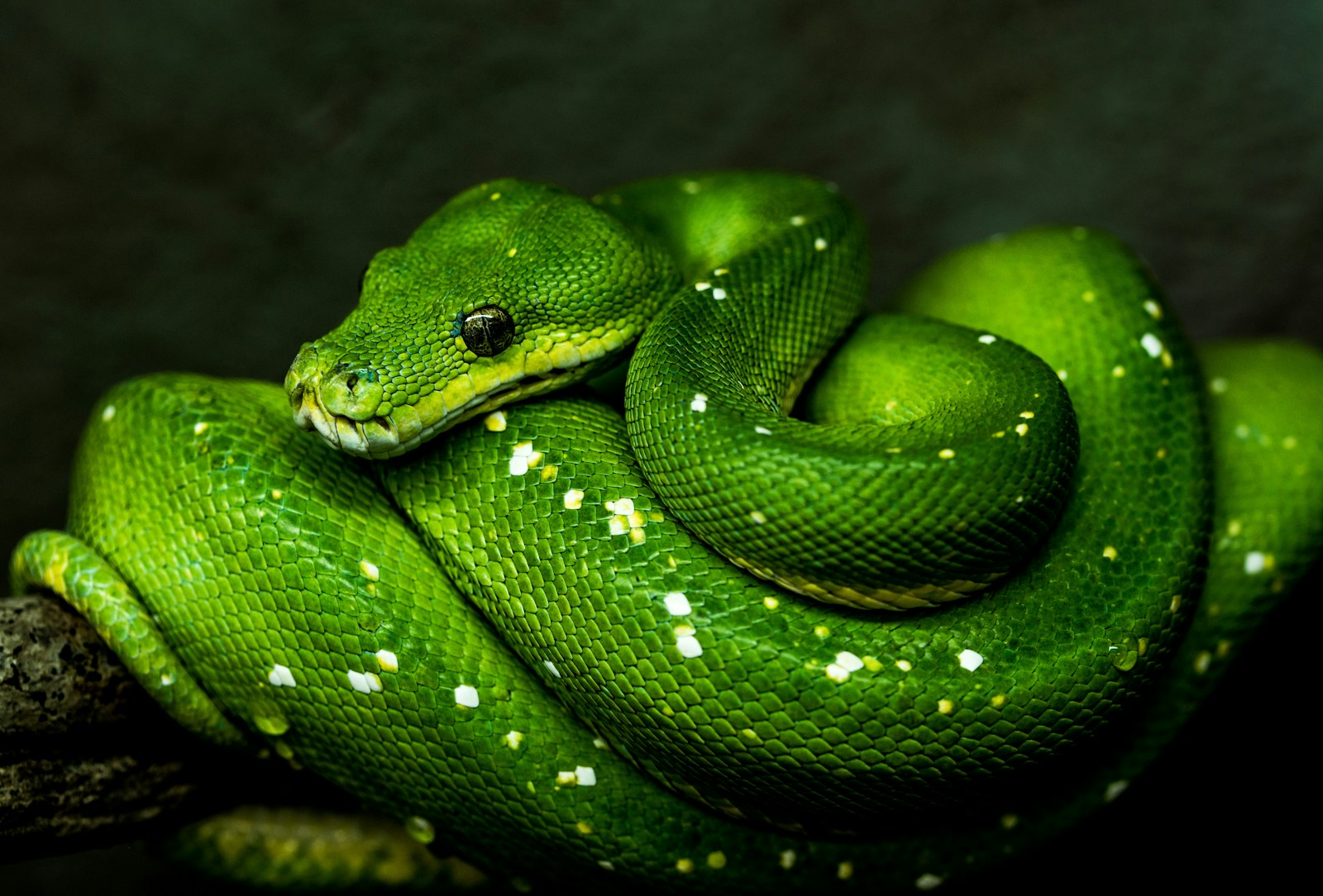
The snake’s metabolism undergoes remarkable changes during the digestion of large prey, representing one of the most extreme metabolic shifts known in vertebrates. During fasting periods, which might last weeks or months, a snake’s metabolism slows dramatically, conserving energy while it awaits its next feeding opportunity. However, once a large meal is consumed, metabolic rates can increase by up to 4000% in some species—a phenomenon called specific dynamic action (SDA). This metabolic surge allows for the production of digestive enzymes, absorption of nutrients, and cellular growth. The energy expenditure is so great that some snakes will raise their body temperature significantly during digestion, sometimes seeking out warmer microhabitats to speed the process. This ability to rapidly shift between metabolic extremes represents a unique adaptation to an intermittent feeding strategy.
Cardiorespiratory Adaptations
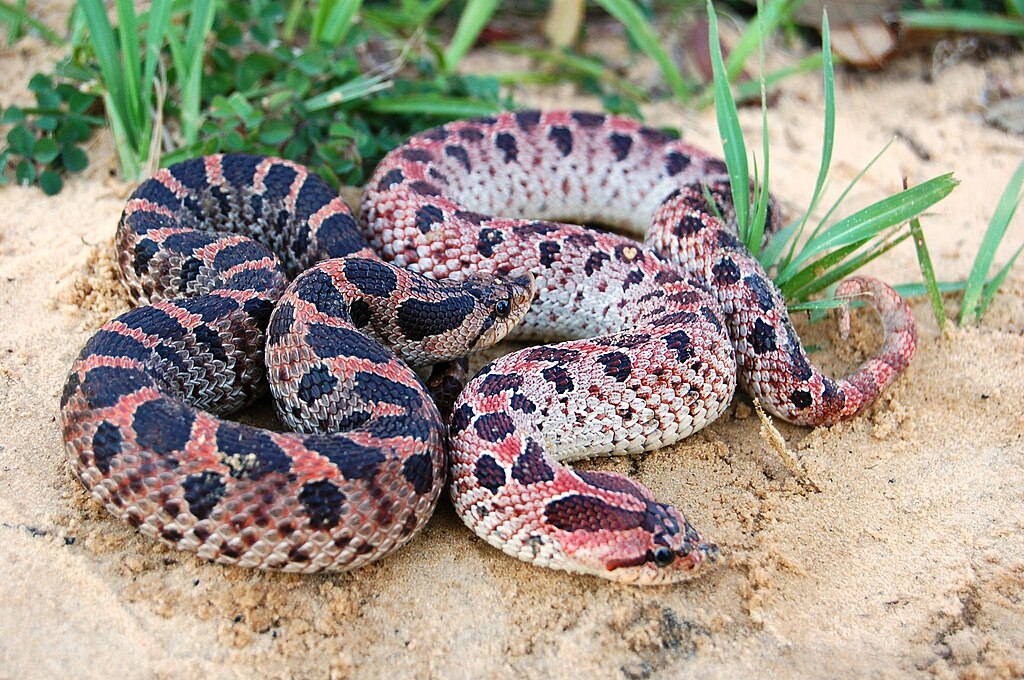
Digesting extremely large meals places enormous demands on a snake’s cardiorespiratory system, requiring specific adaptations to maintain function. During digestion, blood flow to the digestive organs increases dramatically, supported by a significant rise in cardiac output and blood pressure. This prioritizes digestive processes while potentially limiting other activities. The heart itself may undergo temporary hypertrophy (enlargement) to handle the increased workload. Similarly, respiration changes markedly during digestion of large prey, with breathing becoming deeper and more frequent to support the elevated oxygen demands. These cardiorespiratory adaptations highlight how feeding impacts virtually every physiological system in the snake’s body. Impressively, these dramatic changes are temporary, with systems returning to baseline levels once digestion is complete.
Size Limitations and Risks
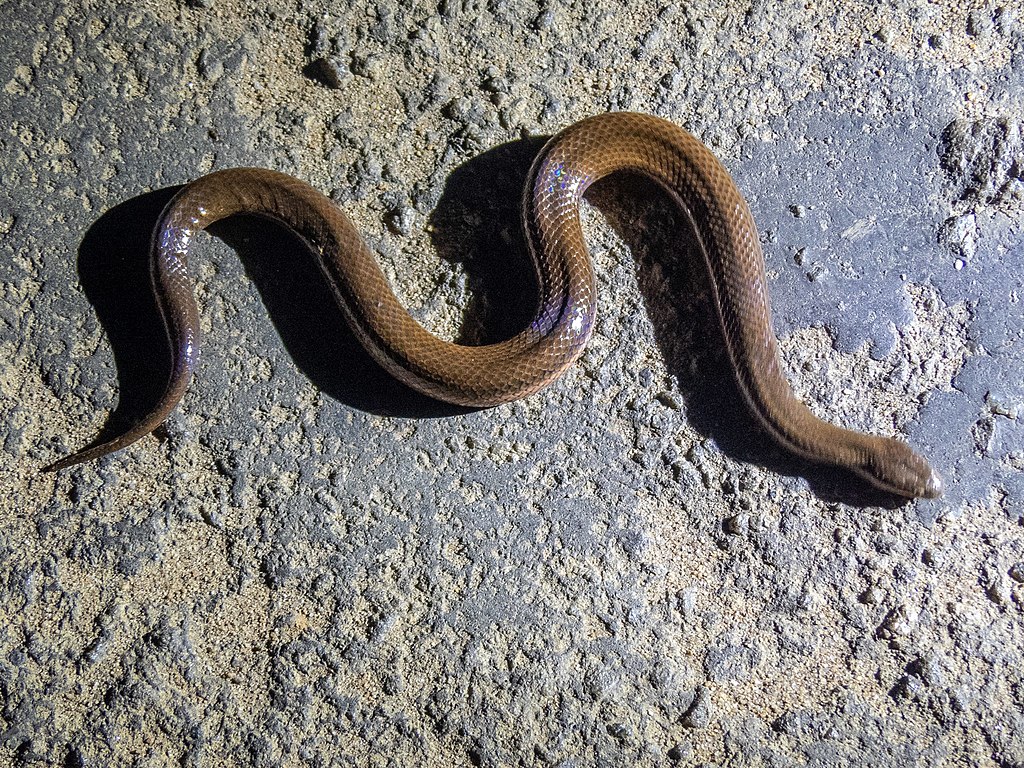
Despite their remarkable abilities, there are limits to what even the most adaptable snake can safely consume. When prey is too large relative to the predator, serious risks arise that can prove fatal. Overly ambitious feeding attempts can result in asphyxiation if breathing is obstructed for too long during the swallowing process. In other cases, prey too large for the digestive system may begin to decompose before it can be fully processed, leading to toxic buildup and potentially fatal infections. There have been documented cases of snakes rupturing their digestive tracts when attempting to consume extremely oversized prey. Natural selection has generally favored snakes that choose appropriately sized prey, though occasional misjudgments do occur, particularly when snakes encounter novel prey types or when food scarcity drives risky feeding behavior.
Digestive Timeline and Process
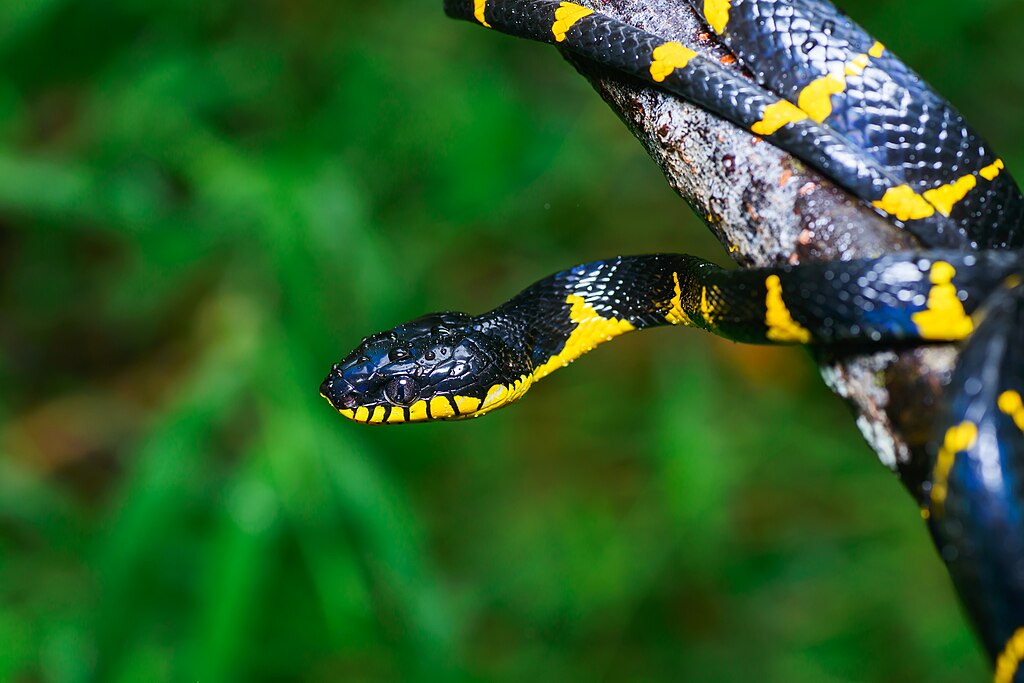
The complete digestion of large prey follows a predictable yet remarkably extended timeline compared to other vertebrates. Initial chemical breakdown begins immediately in the stomach, with powerful acids and enzymes attacking the outer layers of the prey item. For large meals, complete digestion may take anywhere from several days to two weeks, depending on prey size, temperature, and the snake species. As digestion progresses, the snake’s body shape gradually returns to normal, beginning at the head end and progressing toward the tail as the meal moves through the digestive tract. Unlike mammals that eliminate indigestible components regularly, snakes typically produce a single, highly condensed waste product containing the indigestible remains (fur, feathers, claws, etc.) once digestion is complete. This efficient system allows nearly total utilization of the prey’s nutritional content.
Evolutionary Advantages of Consuming Large Prey

The ability to consume prey larger than head size provides snakes with significant evolutionary advantages that help explain why such extreme adaptations developed. Most notably, this ability allows snakes to consume fewer, larger meals rather than numerous small ones, reducing the frequency of vulnerable hunting periods. A single large meal may sustain a snake for weeks or even months, allowing for extended periods of relative safety and reduced energy expenditure. Additionally, consuming whole prey provides complete nutritional profiles including vitamins, minerals, and essential amino acids that might be missing from partial prey items. This feeding strategy also opens ecological niches unavailable to other predators, allowing snakes to utilize food resources that other similarly-sized predators cannot access. These advantages have driven the evolution of the snake’s remarkable feeding adaptations over millions of years, resulting in one of nature’s most specialized predatory systems.
Conclusion: Nature’s Digestive Masterpiece
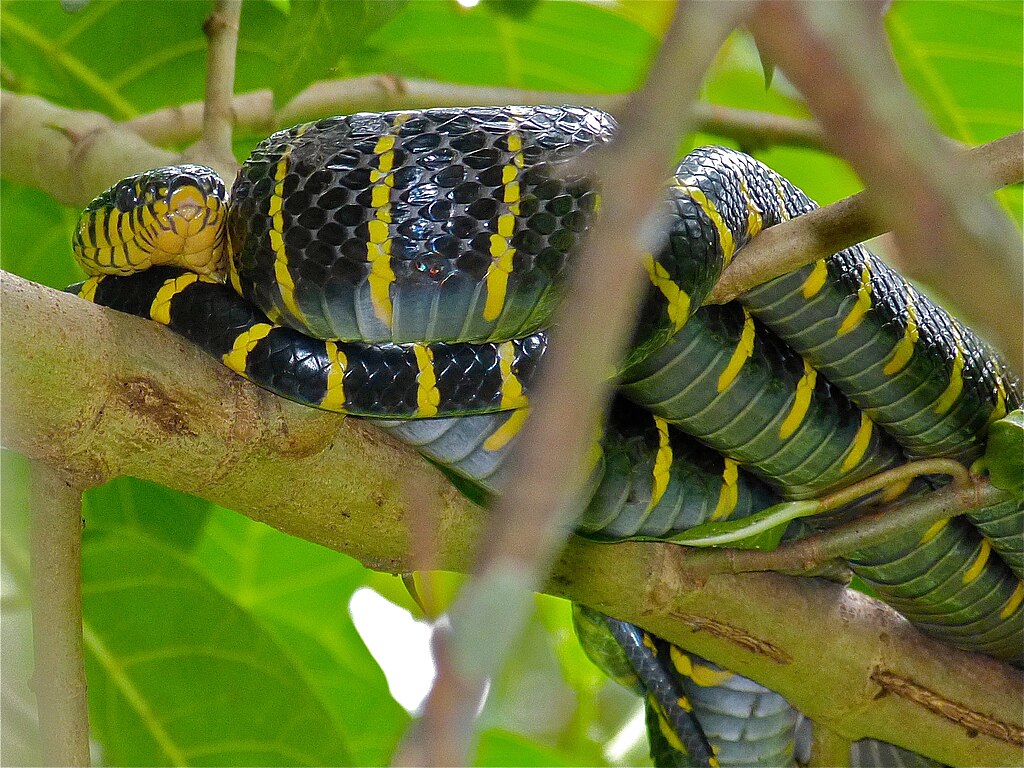
The snake’s ability to consume prey larger than its head represents one of the animal kingdom’s most impressive physiological achievements—a perfectly integrated system of mechanical, chemical, and metabolic adaptations working in concert. From the remarkable flexibility of the jaw structure to the powerhouse digestive enzymes, every aspect of the snake’s biology has been shaped by the evolutionary advantages of consuming whole, large prey. This feeding strategy has allowed snakes to thrive for over 100 million years, diversifying into thousands of species occupying nearly every terrestrial habitat on Earth. As we continue to study these remarkable creatures, we gain not only a deeper appreciation for nature’s ingenuity but also potential insights that may inform fields ranging from medicine to mechanical engineering. The snake’s digestive process stands as a testament to the extraordinary solutions that can emerge through the patient work of natural selection.





